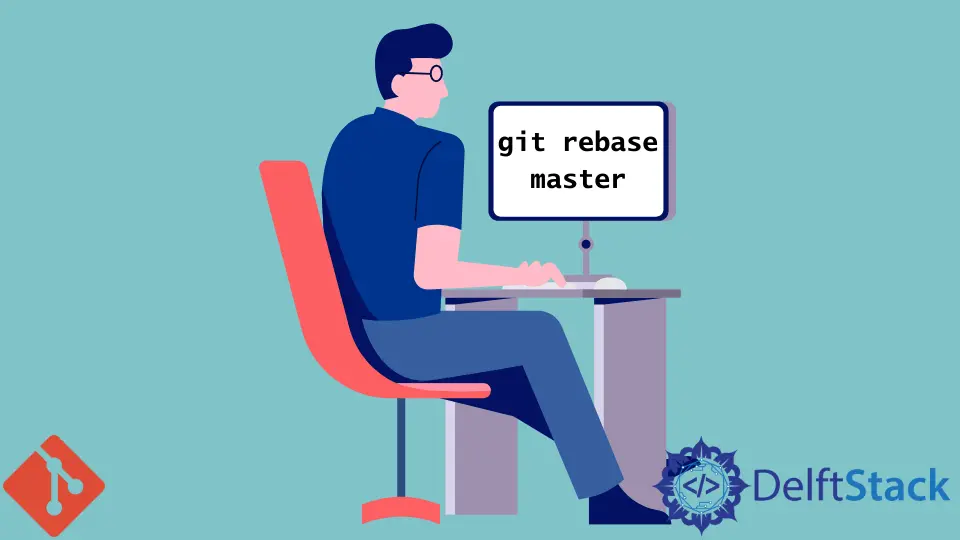How to Rebase Git Branch

This tutorial covers the various steps you can take to rebase your local branch to a remote master branch using the git fetch, git rebase, and git push commands.
Rebase Local Branch to a Remote Master Branch in Git
-
Fetch changes
We use the
git fetchcommand to get all the changes from our remote repository.pc@JOHN MINGW64 ~/Git (Branch1) $ git fetch remote: Enumerating objects: 3, done. remote: Counting objects: 100% (3/3), done. remote: Total 3 (delta 0), reused 0 (delta 0), pack-reused 0 Unpacking objects: 100% (3/3), 610 bytes | 3.00 KiB/s, done. From https://github.com/Wachira11ke/Delftscopetech * [new branch] main -> origin/main
-
Make changes
We run the
git rebasecommand to integrate changes to our branch. The example below will rebase our current branch from the main branch.pc@JOHN MINGW64 ~/Git (main) $ git rebase main Current branch main is up to date.When conflicts occur, use the
git add .command to resolve them. Do not run thegit commitcommand after thegit add .command.After resolving the conflicts, use
git rebase --continueto finish the process. If you want to abort the process after solving the conflicts, use thegit rebase --abortcommand. -
Push changes to the remote repository
To upload the content in your local repository, use the
git push -fcommand as illustrated below.git push main HEAD -fThe
-fwill overwrite any changes made by other developers in the remote repository.Below is a safer method to push changes to a remote repository.
git push --force-with-lease main HEADThis command will not overwrite the changes made by other developers in the remote repository.
Rebasing and merging are used to integrate changes from one branch into another. Rebasing is the process of updating a feature branch without disturbing the branch history, allowing for a cleaner commit history.
It’s the opposite of
git merge, which can create conflicting branches when shared with others.
John is a Git and PowerShell geek. He uses his expertise in the version control system to help businesses manage their source code. According to him, Shell scripting is the number one choice for automating the management of systems.
LinkedIn